MORE IMPORTANT INFORMATION ABOUT YOUR TRAVEL TO Liege
The Train station is located at the center of Liege
Liège ( lee-EZH, lee-AYZH, French: [ljɛʒ], locally [li.eʃ]; Walloon: Lidje Walloon: [liːtʃ]; Dutch: Luik [lœyk]; German: Lüttich [ˈlʏtɪç]) is a major Walloon city and municipality and the capital of the Belgian province of Liège. The city is situated in the valley of the Meuse, in the east of Belgium, not far from borders with the Netherlands (Maastricht is about 33 km (20.5 mi) to the north) and with Germany (Aachen is about 53 km (32.9 mi) north-east). At Liège, the Meuse meets the River Ourthe. The city is part of the sillon industriel, the former industrial backbone of Wallonia. It still is the principal economic and cultural centre of the region. The Liège municipality (i.e. the city proper) includes the former communes of Angleur, Bressoux, Chênée, Glain, Grivegnée, Jupille-sur-Meuse, Rocourt, and Wandre.
Source:
WikipediaADDITIONAL INFORMATION ABOUT Gembloux
The Train station is located at the center of Gembloux
Gembloux (French pronunciation: [ʒɑ̃.blu]; in Walloon: Djiblou; in Dutch: Gembloers) is a Walloon municipality located in the Belgian province of Namur, on the axis Brussels–Namur. On 1 January 2006 the municipality had 21,964 inhabitants. The total area is 95.86 km², yielding a population density of 229 inhabitants per km². The mayor, who was elected on 8 October 2006, is Benoît Dispa. This city is well known for its Agricultural University and for its cutlery. The university is housed in the historical Abbey of Gembloux, which dates from the tenth century. Gembloux's belfry belongs to the set of belfries of Belgium and France inscribed on UNESCO's World Heritage List in 2005.
Source:
WikipediaImages of the trains for your trip
Where Can You Travel With Us?
TAKE A LOOK AT OUR MAP
France
Italy
Netherlands
Luxembourg
Austria
Germany
Belgium
Switzerland
Denmark
Sweden
Norway
Hungary
Czech
Ukraine
China
Active
France, Italy, Netherlands, Luxembourg, Austria, Germany, Belgium, Switzerland, Denmark, Sweden, Norway, Hungary, Czech, Ukraine, China
Upcoming
USA, Canada, Spain, Poland, Japan
Other Train Trips From Gembloux

Gembloux to Diegem

Gembloux to Trois Ponts

Gembloux to Kortenberg
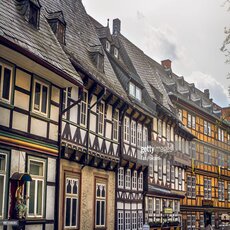
Gembloux to Poix Saint Hubert
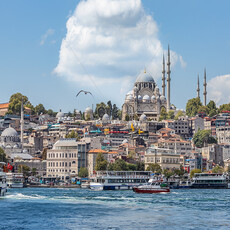
Gembloux to Erps Kwerps

Gembloux to Geronstere
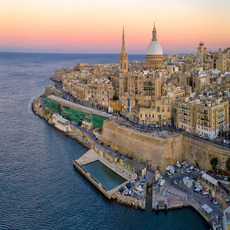
Gembloux to Torhout
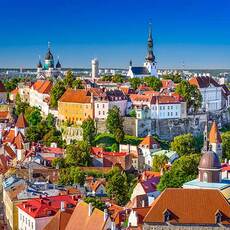
Gembloux to Kwatrecht

Gembloux to Lot

Gembloux to Heusden
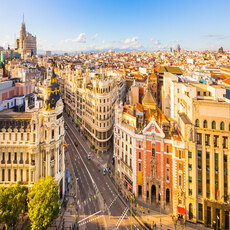
Gembloux to Zele

Gembloux to Eupen
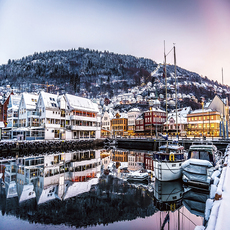
Gembloux to Hourpes

Gembloux to Beveren

Gembloux to Florenville

Gembloux to Olen

Gembloux to Harchies
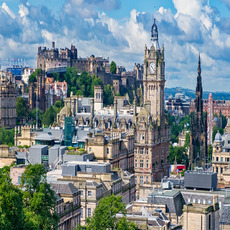
Gembloux to Profondsart
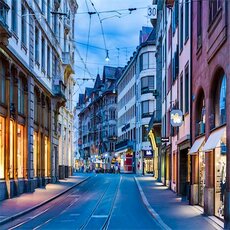
Gembloux to Ekeren
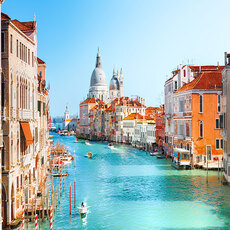
Gembloux to La Hulpe
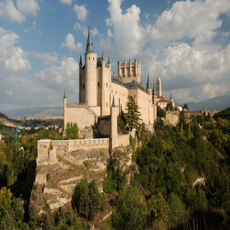
Gembloux to Remicourt

Gembloux to Forchies
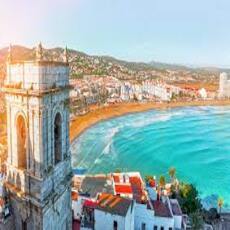
Gembloux to Florival

Gembloux to Neerpelt
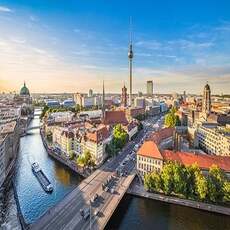
Gembloux to Viville

Gembloux to Flawinne

Gembloux to Niel

Gembloux to Muizen

Gembloux to Lodelinsart

Gembloux to Leignon
WHY YOU SHOULD TRAVEL BY TRAIN?
To travel from Gembloux To Liege, trains would be the best travel choice, for several reasons:
1
Eco-Friendly
Trains are the most environmentally-friendly way of transport to the EU Environment Agency. They are powered by electricity, which is renewable and has a low environmental impact.
2
Speed
Travelling by train is in most cases the fastest way to go from Rome to Milan. Trains usually travel at high speeds, making them the fastest way to get from one place to another.
3
Safety
Travelling by train is one of the safest forms of transport. Trains are heavily regulated and monitored, making them safer than other forms of transport.
4
Price
Travelling by train is often cheaper than other forms of transport, such as flying or taking a bus. Trains are often subsidized by the government, making them cheaper than other forms of transport.
5
Luggage
Travelling by train is a great way to transport luggage. Trains usually have plenty of space for luggage and they are usually safe and secure.
6
Luggage
Travelling by train is often faster than other forms of transport, such as driving or taking a bus. Trains usually travel at high speeds, making them the fastest way to get from one place to another.
7
Comfortability
Travelling by train is usually very comfortable. Trains usually have comfortable seating and plenty of legroom, making them a great way to travel.
8
Comfortability
Travelling by train is a great way to get some sleep. Trains usually have comfortable seats and plenty of legroom, making them a great way to get some rest while travelling.
9
WIFI
This is not necessarily the most important when you travel since we prefer to tell you to enjoy your travel without your phones, but on trains, you can find WIFI onboard, so you remain connected to the internet if you choose to.
THESE ARE THE TRAIN OPERATORS WE WORK WITH



















